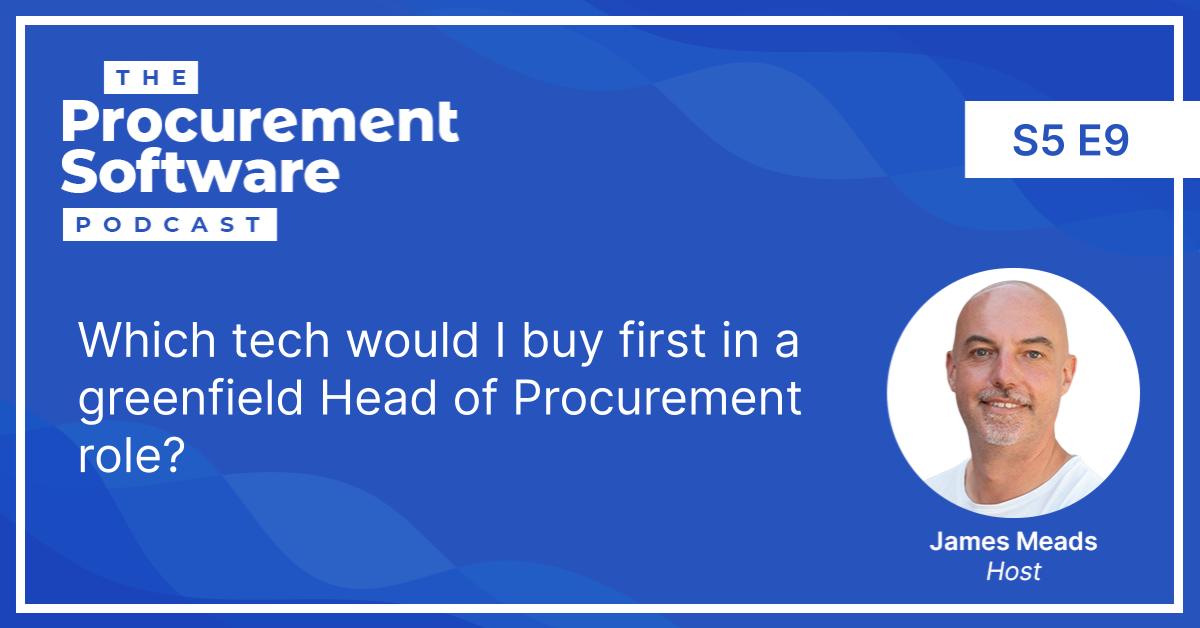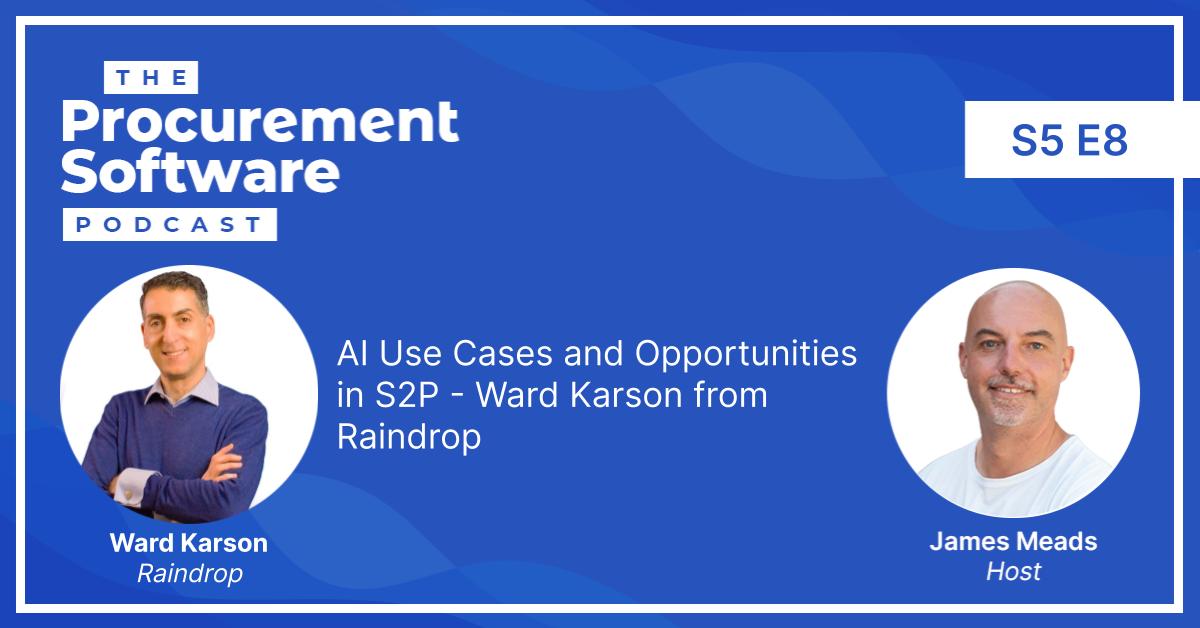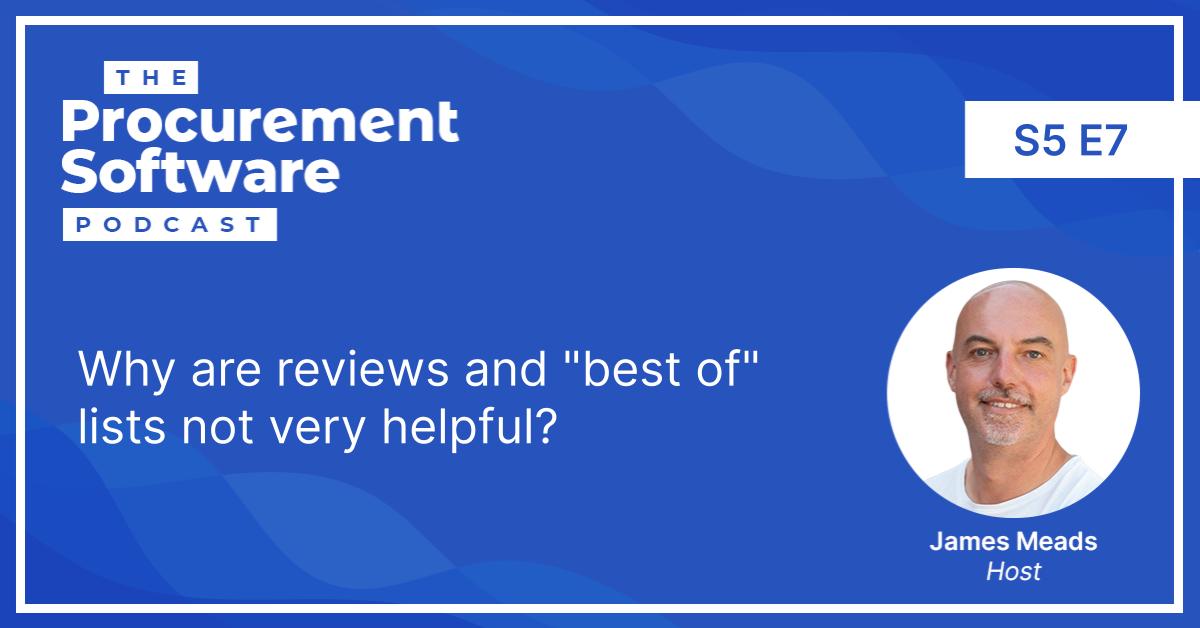Welcome back to The Procuretech Podcast!
We’re continuing our series of interviews with industry experts and thought leaders to get their take on digital procurement. In this episode, we’re going to extend that a little bit and talk about supply chain.
Democratising Supply Chain Training – Dr. Muddassir Ahmed from SCMDOJO
Today’s guest is a big personality in the supply chain space: Dr. Muddassir Ahmed, CEO of SCMDOJO.
He’s got a YouTube channel with almost 10,000 subscribers and a complete resource platform for online courses.
But before we talk about that, let’s get some background on how he got there.
Dr. Muddassir Ahmed’s background – From corporate to SCM thought leadership
Muddassir studied abroad in Sweden, where he earned a masters in production and supply chain. He then moved to the UK for a PhD scholarship. Settling in Birmingham, he began work for the manufacturing company Eaton.
Muddassir started work as a demand planner, but got to experience a wide range of roles at Eaton. He gained experience in supply chain across different departments; electrical, automotive, aerospace, hydraulics. So he’s hardcore supply chain guy, through and through.
When he finished his PhD in 2015, he realised that most content in the supply chain space was pretty archaic in nature. FinTech content at the time was a lot more attractive: Punchy articles, simple “How To…” guides, easy to read lists.
He thought he’d try to bring this bite-sized content to the world of supply chain, and it worked!
What started out as a personal blog quickly grew into a brand in its own right, taking on the name SCMDOJO in July 2018.
SCMDOJO now gets 50,000 visitors every month, and the YouTube channel is growing too.
Dojo is a Japanese word which means place to stay and meditate. And that’s exactly what SCMDOJO does. It gives the supply chain community knowledge, tools and best practices, to help them survive and thrive.
Last year, Muddassir took his biggest risk yet, when he left his job to focus on SCM Dojo.
What impacts has Muddassir seen from disruptive procurement technology?
Muddassir thinks we have a lot of catching up to do, in procurement. We’re easily a decade behind FinTech when it comes to digitisation.
He often gets criticised by the big ERP providers for saying this, but he thinks they’re really slowing us down. If the same four ERP providers didn’t have a stranglehold on 80% of the market, things would change more quickly.
There has been a move to adopting digital tools lately, but the downside from Muddassir’s perspective is that they’re rarely made by supply chain people.
Every supply chain is very vertical driven, and needs to be customised to the user’s business model. This takes consultation and a lot of time. As a result, transformation in supply chain has been slow.
It might be 10 years late, but better late than never.
The flurry of startups in recent years presents some problems. Everyone wants to go the SaaS route, but there’s no clear guide on which software to use, how to use it, or how best to customise it.
Or, you go the enterprise route and it ends up costing millions of dollars and 20 consultants. Which, of course, not everyone has the budget for.
Even if companies do want to embark on supply chain transformation, they often don’t know where to start.
Lessons in digital transformation
Muddassir offers courses to help businesses take that first step, and he thinks there are two big things companies need to learn.
First, there’s a difference between digitization and digital transformation.
You can digitise a paper process easily enough – for example, sending emails through DocuSign. But that’s not the same as using technology to transform the way you do business at a structural level.
People often jump on a new technology without thinking about the bigger picture of change management. Sure, you can rush to buy into AI, or deploy cloud, or blockchain. But it’s not going to create value without a plan on how that fits your business.
You can implement the best technology but with poor change management it will fail.
Each technology has a specific application, there is no one size fits all. And that awareness needs to be created. That’s the first part.
The second thing is that you have to standardise to digitalize. You can spend millions on an online product, but if you’re not standardised you won’t see ROI.
There’s also a benefit to choosing software that team members actually want to use – UI and UX count for a lot.
And talking about choice, it’s worth focusing that selection process, on how we select a platform.
Historically, in a big company you have two problems when choosing software:
First, there’s security. For a big company it can take four or five months just to make sure something is secure. And that’s just too long, we need to get that time down – possibly on the software development side of things.
The second problem is, again, who is making the decision? It should be supply chain and procurement people with relevant knowledge who get to select the software used, but because there are such costs involved, it often becomes more of a finance decision.
But price should come later as a consideration. You first need to be happy with the UX and UI, and the integration with your current ERP so the transfer of the data is seamless.
On Demand, modular best-of-breeds, and why we need them
People also don’t want to use multiple platforms. If I’m a supply chain manager, I want to do everything on one platform.
If I have to use a separate platform to do RFQ procurement and standard spend analytics, then use my ERP to create my purchase orders and track my shipments, then somebody else has got to give me visibility… I’m using four different platforms for one job, and that’s just too much.
We are seeing some changes here. Coupa is moving towards implementing supply chain and procurement software in one platform. And a lot of the smaller best-of-breeds are now moving towards a more modular structure.
These new players are starting to replace the older legacy players, because they’re expensive, slow, and built on legacy stacks that are no longer fit for purpose.
Tech is now more accessible to medium sized or smaller businesses that don’t have the budget for any of these big enterprise suites.
Muddassir thinks that pricing will be a huge factor in the success of these modular best-of-breeds.
These modular platforms might come with a handful of features, but if you only want to use two of them, why pay for the whole shebang?
Maybe a user wants to, say, use the RFQ module all the time, but only needs the CRM software one every six months.
An On Demand price model would be the best solution here. Then the user can pay only for the modules they’re using, when they’re using them.
And that’s obviously very attractive as a thing to adopt.
Whichever software company first offers this sort of On Demand modularity should be on to a real winner.
How does SCMDOJO help to educate people?
There are three levels. It’s like a Venn diagram of overlapping spheres.
The first sphere is the obvious one: knowledge. SCMDOJO has different teaching pathways here: A supply chain manager pathway, a logistics manager, a demand planning pathway, etc.
People see SCMDOJO as a knowledge platform, not a solutions platform. But the tagline is knowledge and solution. And that’s where the other two spheres come in.
If the first is knowledge (core technical knowledge, sourcing, contract management, demand planning, supply, planning, logistics), then the second sphere is the human level: Communication, presentation, how you interact with people.
SCMDOJO can teach all of this from a uniquely supply chain-focused perspective.
The third sphere is the digitalisation part: which technology you buy into and how you implement it.
What gives SCMDOJO an advantage is the quality of mentoring available. It’s about how you bring those three spheres together, and that takes coaching.
Tools in development
To that end, some new projects from Muddassir are aiming to address the technology side of things too.
“Phase two” of his plans with SCMDOJO are already in development. He’s talking to developers and experts in the SCM space and beyond, and hoping to launch this phase of SCMDOJO soon.
The aim is to have a hundred experts on board by the end of year, available to SCMDOJO users as subject experts they can hire for one to one coaching.
The end goal is to create one true platform for SCM knowledge and solution expertise, offering standard practices and tools to drive a revolution in supply chain.
Muddassir would love to hear from you if you’re a supply chain expert who’d like to get involved with this project.
There is also an upcoming phase three to Muddassir’s master plan with SCMDOJO, but that remains under wraps for now.
Wrapping Up
We close this episode of the Procuretech Podcast by thanking Muddassir for his time and insights.
We also tease an exciting up-and-coming collaboration between Muddassir and myself – so watch this space!
If you’d like to get in touch with Muddassir, or to join his SCM revolution, you’ll find all the links you need below.
Thanks for listening, and we’ll catch you next time!
Stay in touch
- Check out SCMDOJO
- Connect with Muddassir on LinkedIn
- Sign up for the Procurement Software Newsletter
- Book an Intro Call and let’s talk all things Digital Procurement!
- Connect with James on LinkedIn
- Follow Procurement Software’s LinkedIn Page


